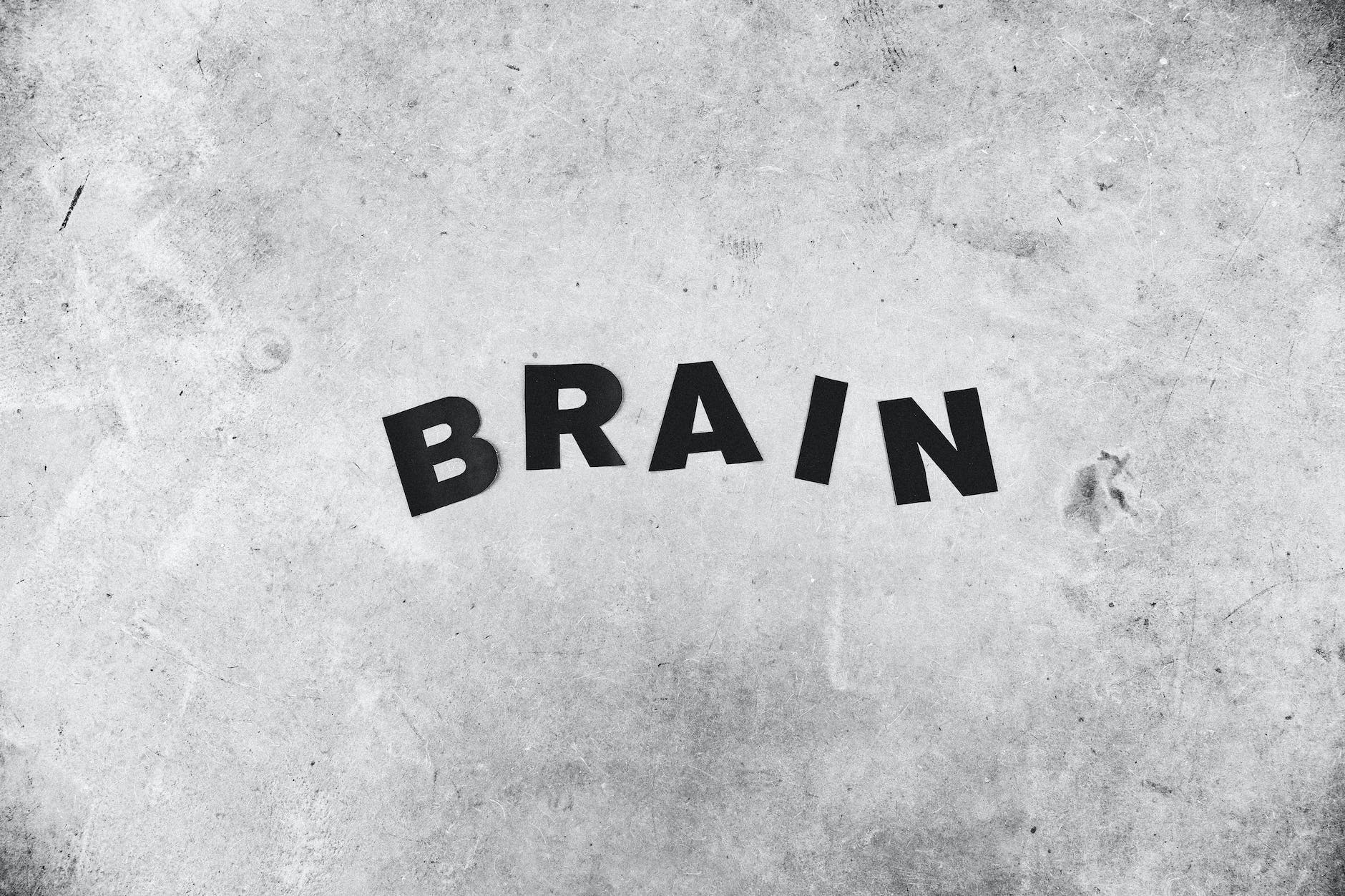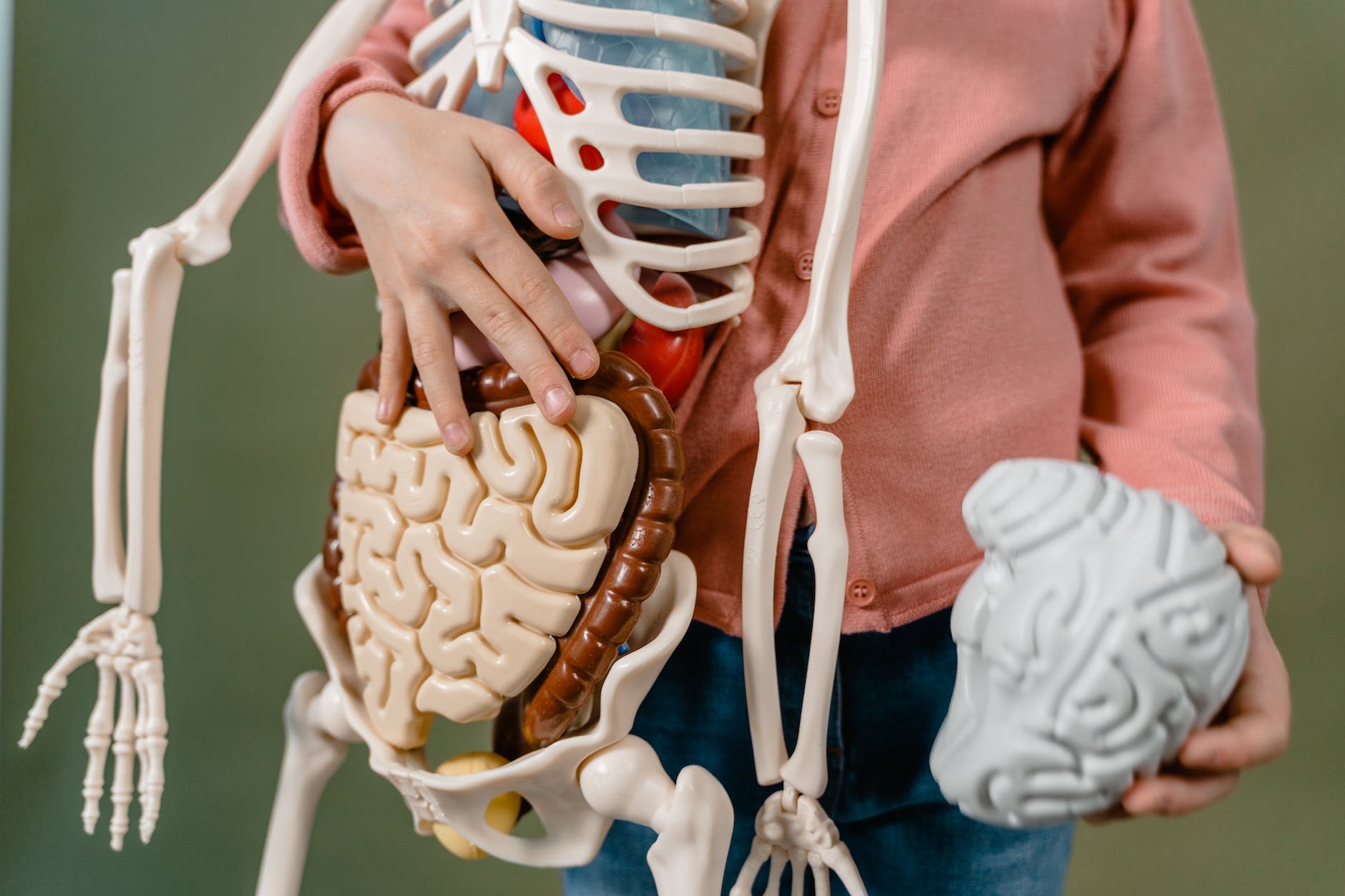The world of psychedelics has been a subject of curiosity and intrigue for decades. Known for their abilities to alter perception, mood, and consciousness, these substances have demonstrated potential for promising therapeutic mechanisms.
Psychedelics, known scientifically as psychoactive substances, exert their mind-altering effects by interacting with various neurotransmitter systems in the brain. A quintessential commonality amongst psychedelics is their impact on the serotonin receptors. The psychedelic substances primarily target the 5-HT2A subtype of serotonin receptors, which are densely located in the neocortex – an area involved in high-level cognitive functions such as sensory perception, conscious thought, and language.
The realm of neuroscience and psychopharmacology has helped elucidate the intriguing brain activity promoted by these substances. Using neuroimaging methods, recent research revealed psychedelics induce unique patterns of brain activity, closely resembling those observed during dream sleep. This state of cognitive flexibility is believed to be the underlying foundation of their therapeutic potential, encouraging the emergence and processing of suppressed memories and emotions.
Furthermore, psychedelics have shown to promote brain connectivity and neuroplasticity. Neuroplasticity refers to the brain’s ability to adapt and change as a result of experience. The induced changes in brain connectivity are associated with altered states of consciousness, such as a sense of self-dissolution and unitive experiences. Users often report a heightened sense of connection with the world, leading to profound personal insights and emotional breakthroughs.
Psychedelics have also demonstrated potential for treating several psychiatric conditions. For instance, clinical trials are currently examining the therapeutic potential of psilocybin – the active ingredient in magic mushrooms, for depression. This has already led to its breakthrough therapy designation from the U.S. Food and Drug Administration (FDA).
Similarly, ayahuasca, a traditional Amazonian plant brew containing the powerful psychedelic drug DMT, has shown promise for treating addiction and depression. A study published revealed that ayahuasca promoted the growth of new brain cells in vitro, further highlighting the substance’s neuroplastic potential.
However, despite their immense therapeutic prospects, psychedelics have been stigmatised due to their association with recreational misuse and the 1960s countercultural movements. The classification of these substances as Schedule I drugs under the United Nations Convention on Psychotropic Substances has significantly impeded their pharmacological research.
Fortunately, attitudes are beginning to shift, both within the scientific community and wider society. A renaissance in psychedelic research has been ignited, fueled by pioneering neuroscience and psychopharmacology studies revealing the mind’s enigmatic modifications under these substances’ influence.
In conclusion, the science of psychedelics offers an exciting avenue of research into understanding human consciousness and the potential for novel psychiatric treatments. Continued research following rigorous scientific methodologies is essential for further and safer therapeutic applications.
The exploration of psychedelics is a fascinating intersection of history, science, spirituality, and culture. As we continue to delve into the possibilities, the science of psychedelics presents an intriguing potential, not only as a gateway to our understanding of consciousness but also for their therapeutic potential.








